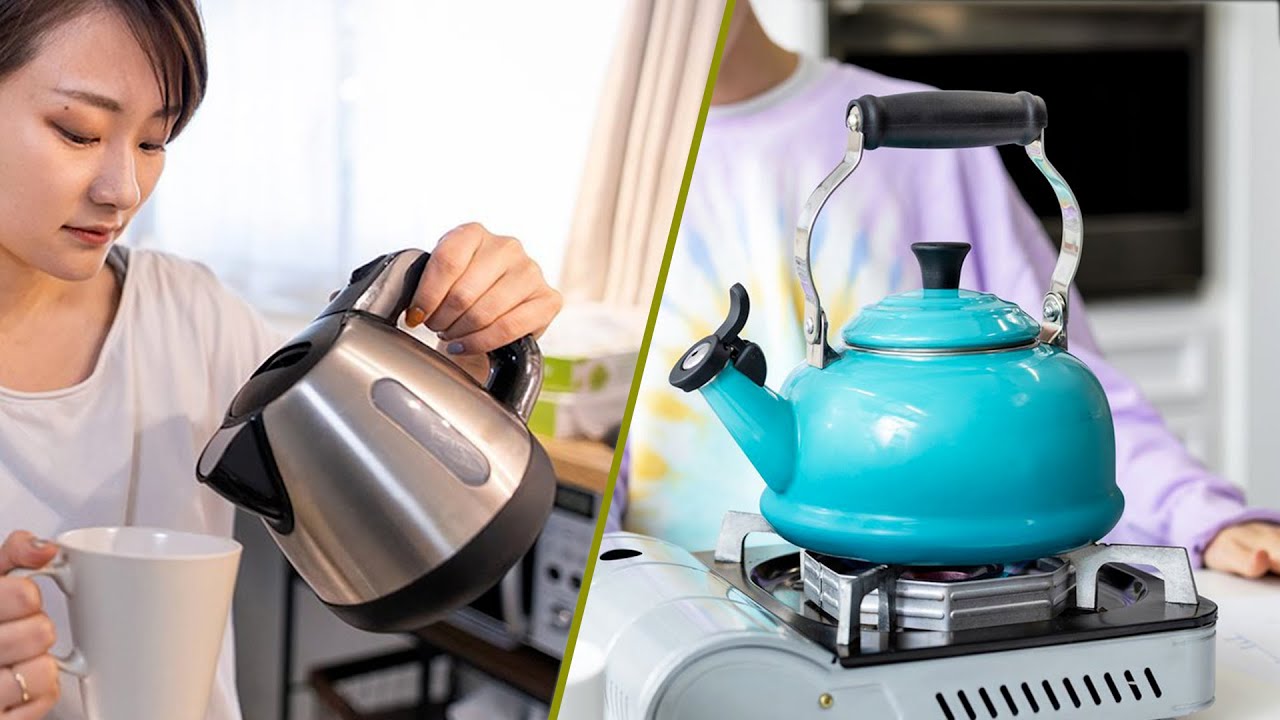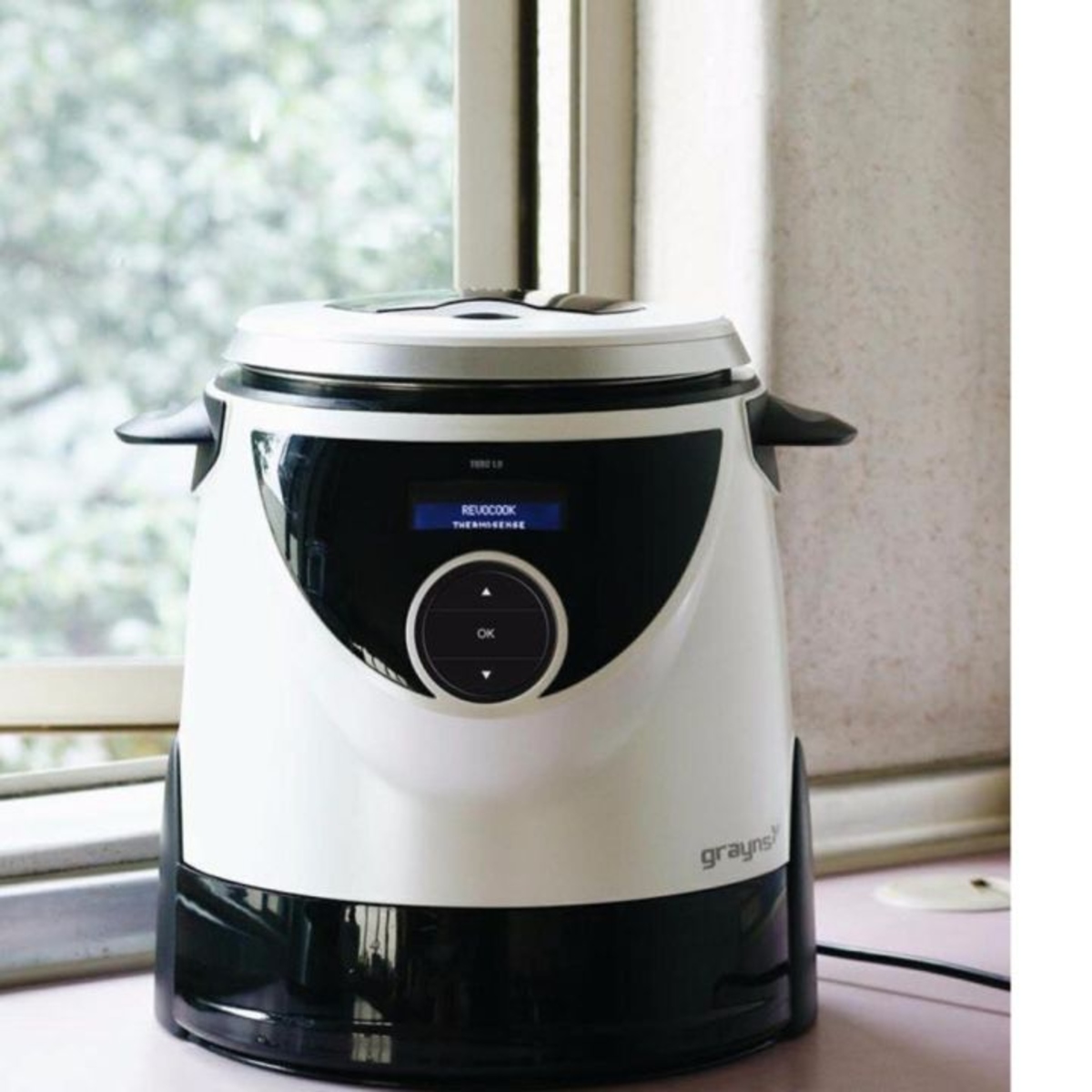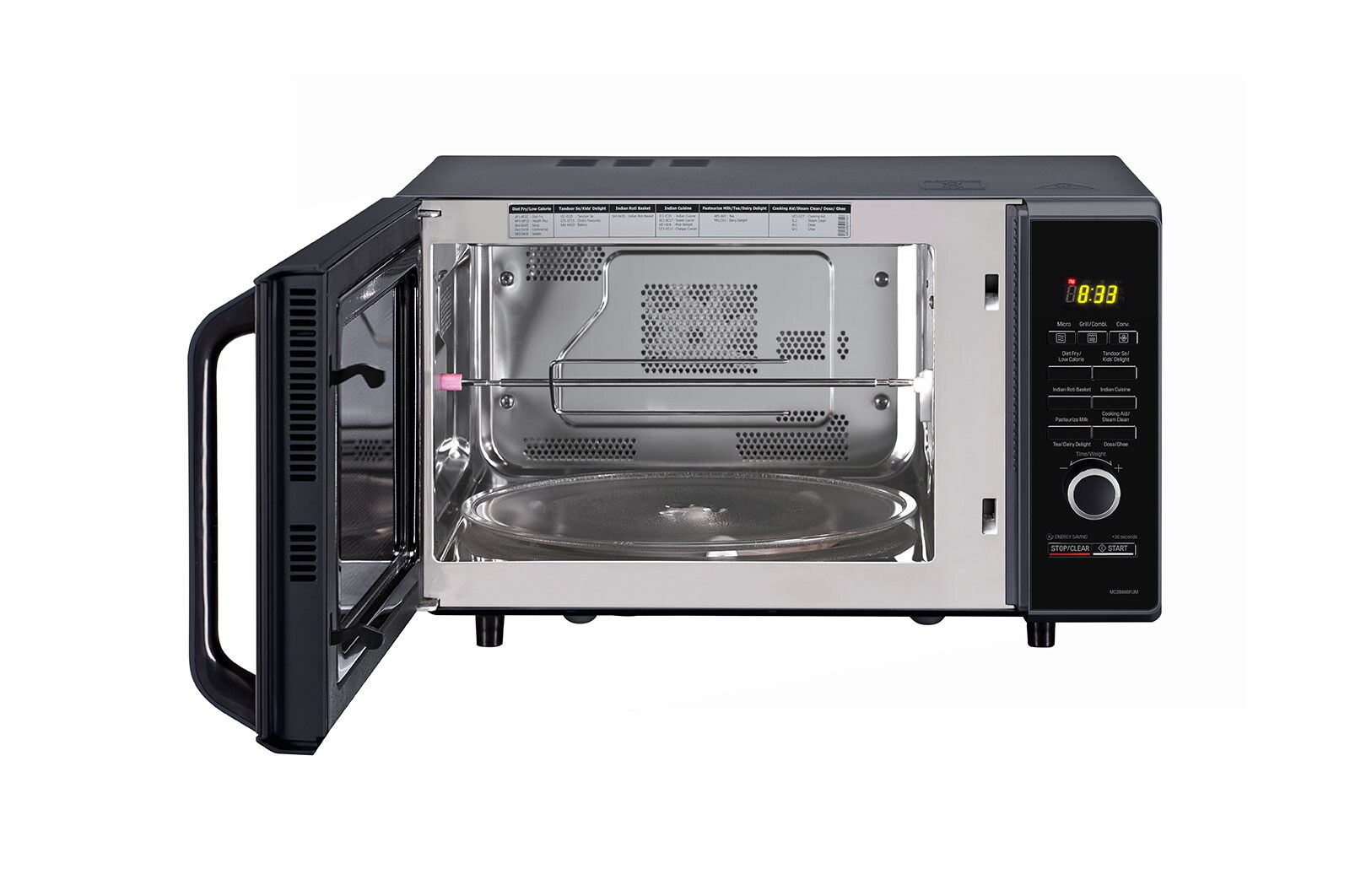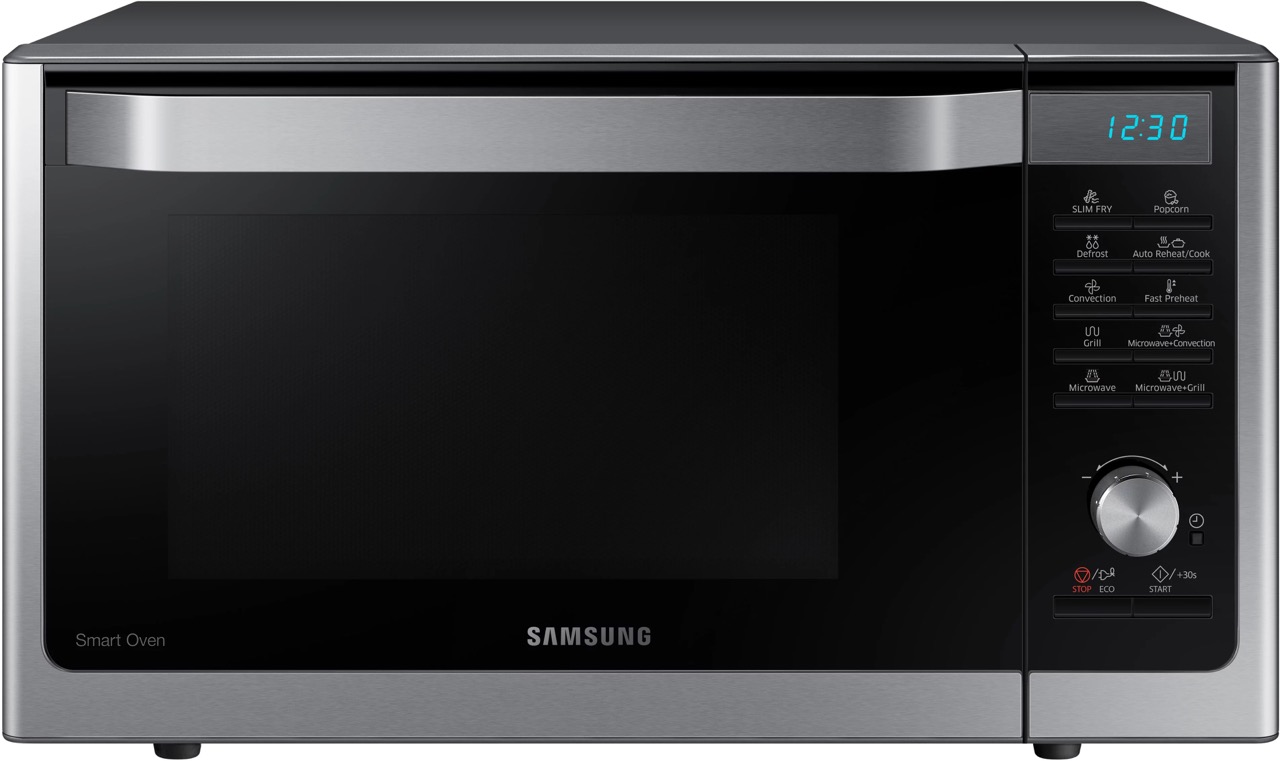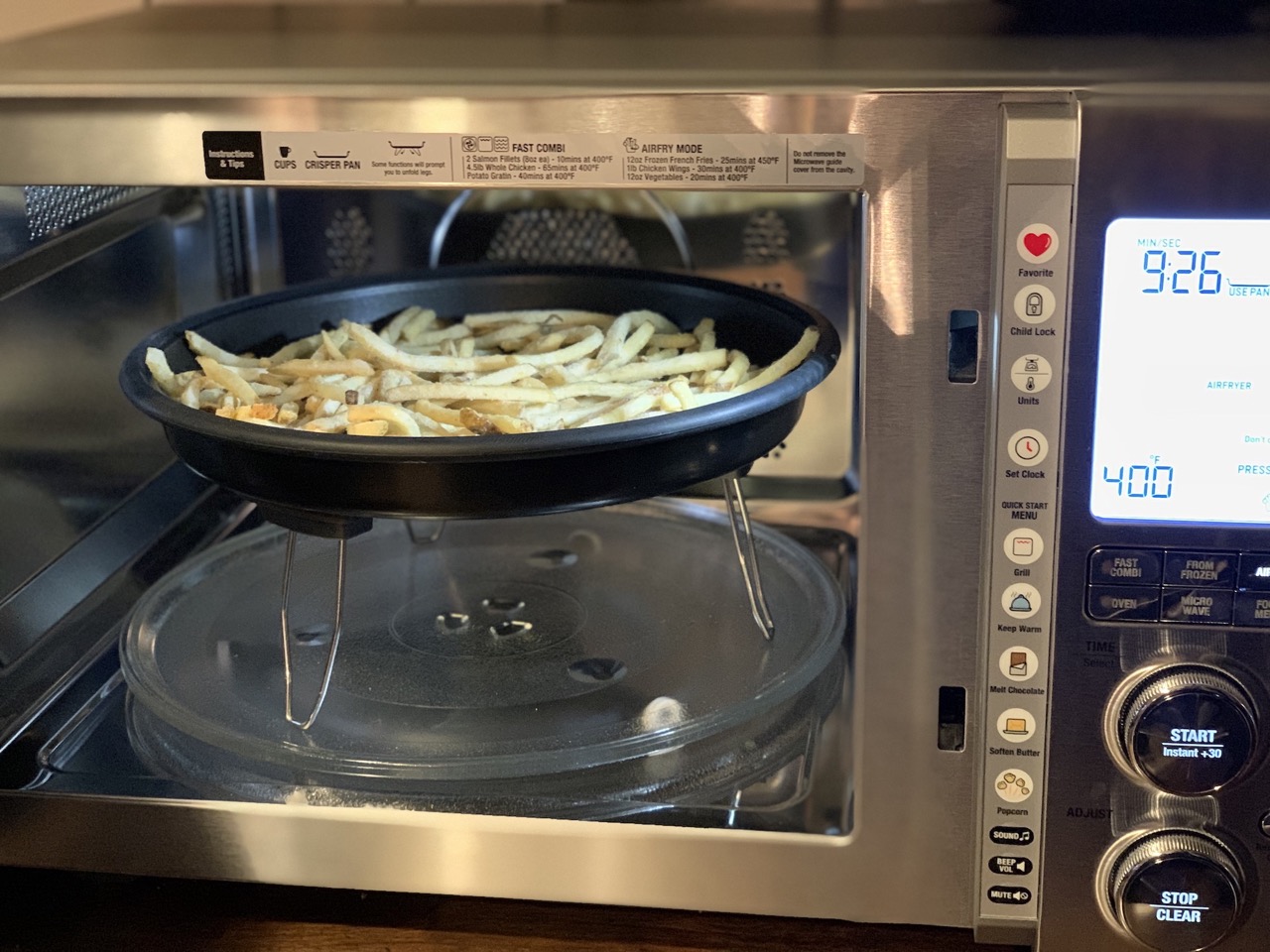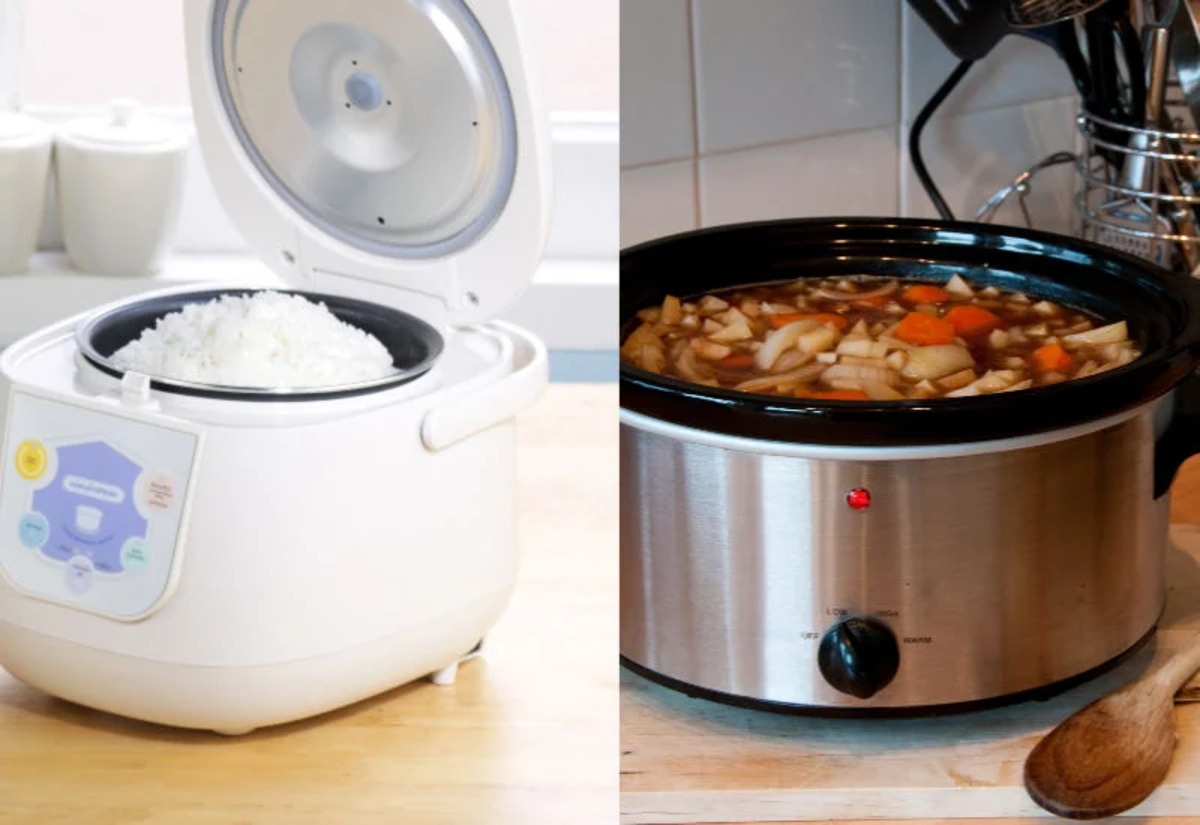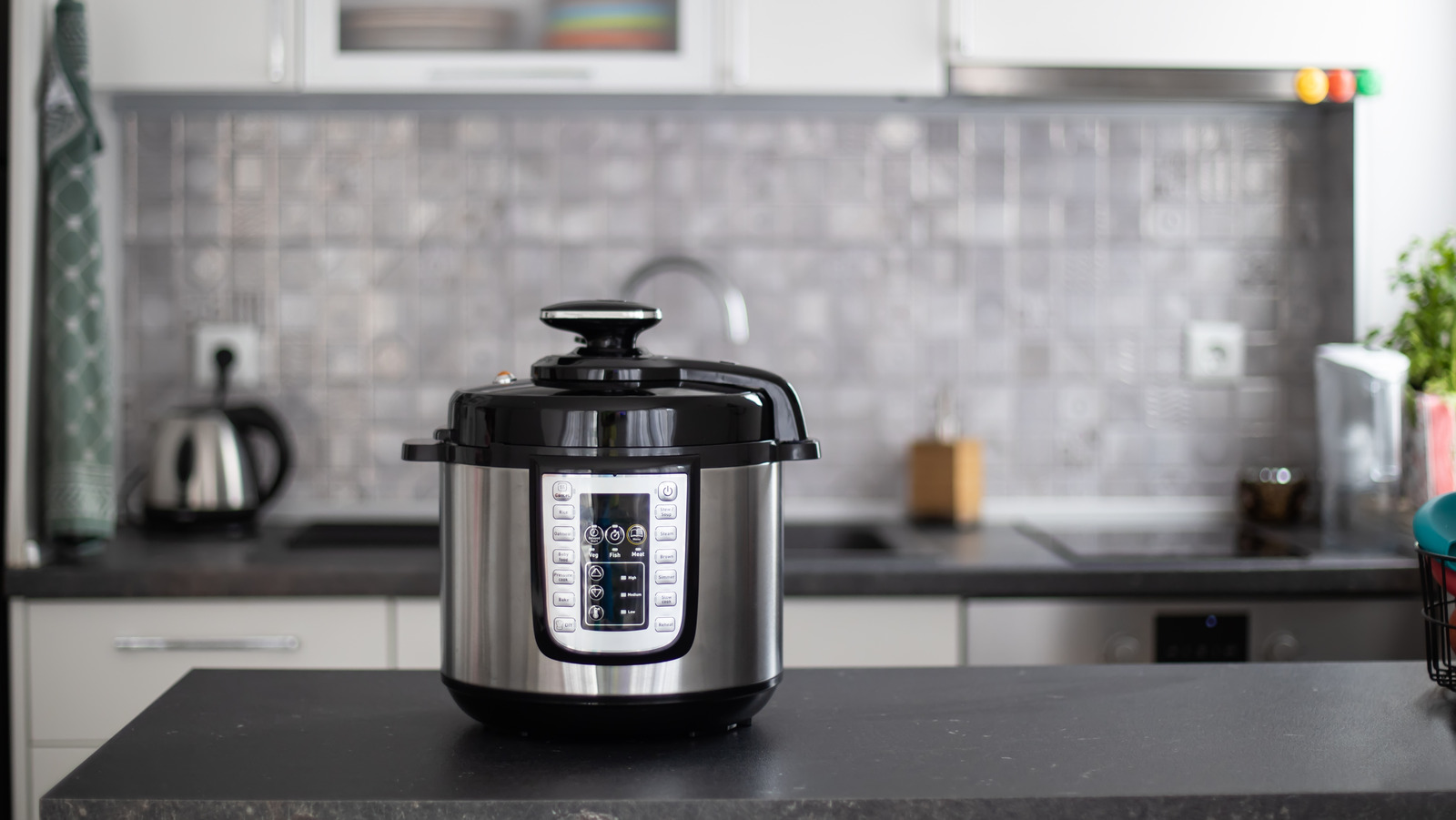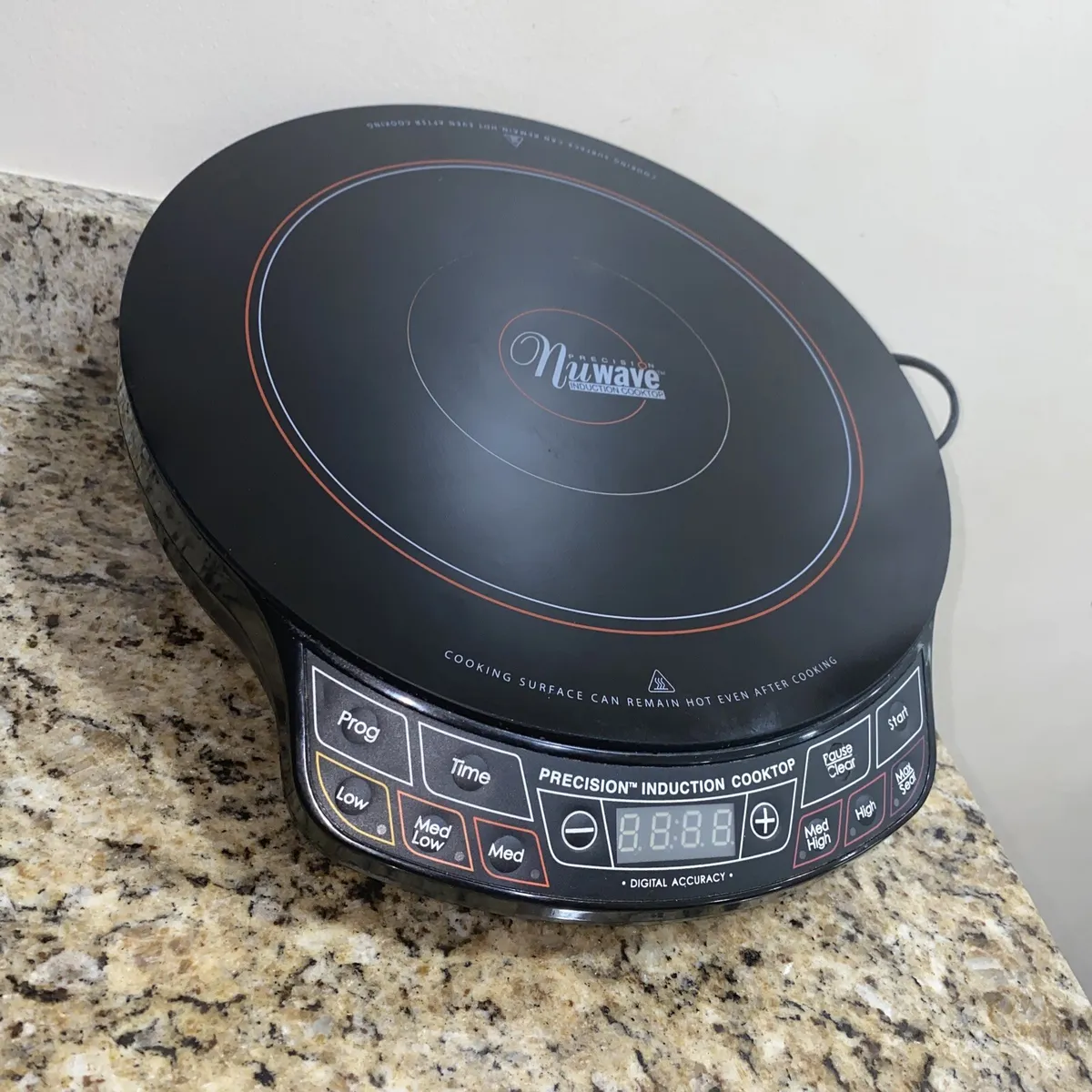Home> oven use
Oven Use: Ultimate Guide to Master Your Baking Skills
Discover the secrets of oven use with our comprehensive guide. Improve your baking skills, understand temperature control, and more. Click to learn now!
How To Use Convection Mode In LG Microwave Oven
By: Benjamin Parker • 100 Best Kitchen Furniture To Make Your Cooking Hassle-Free
